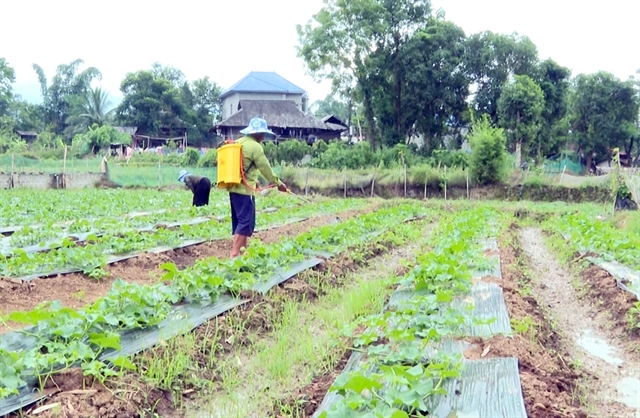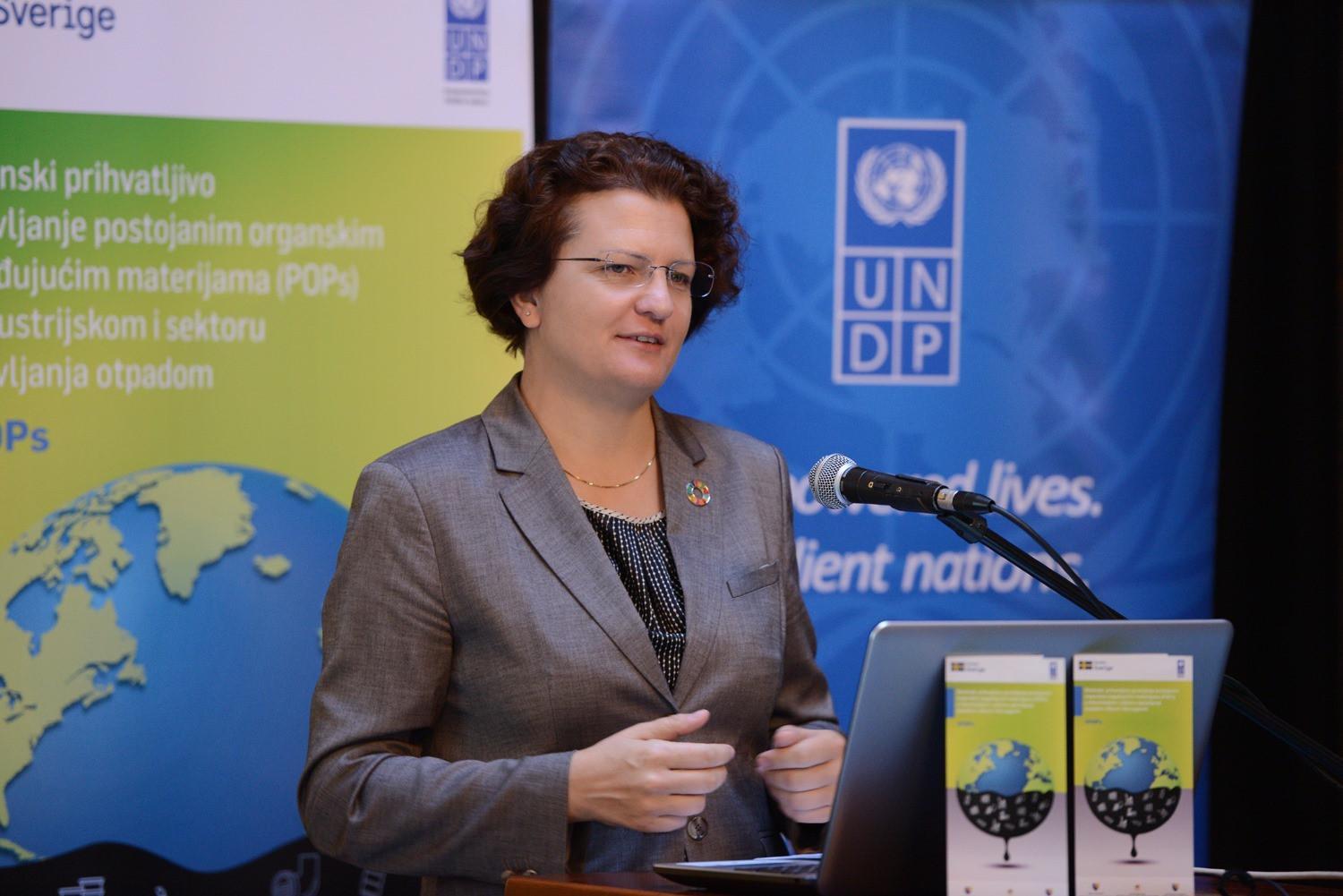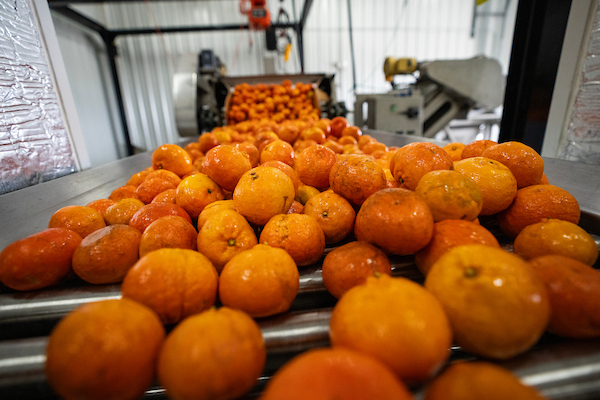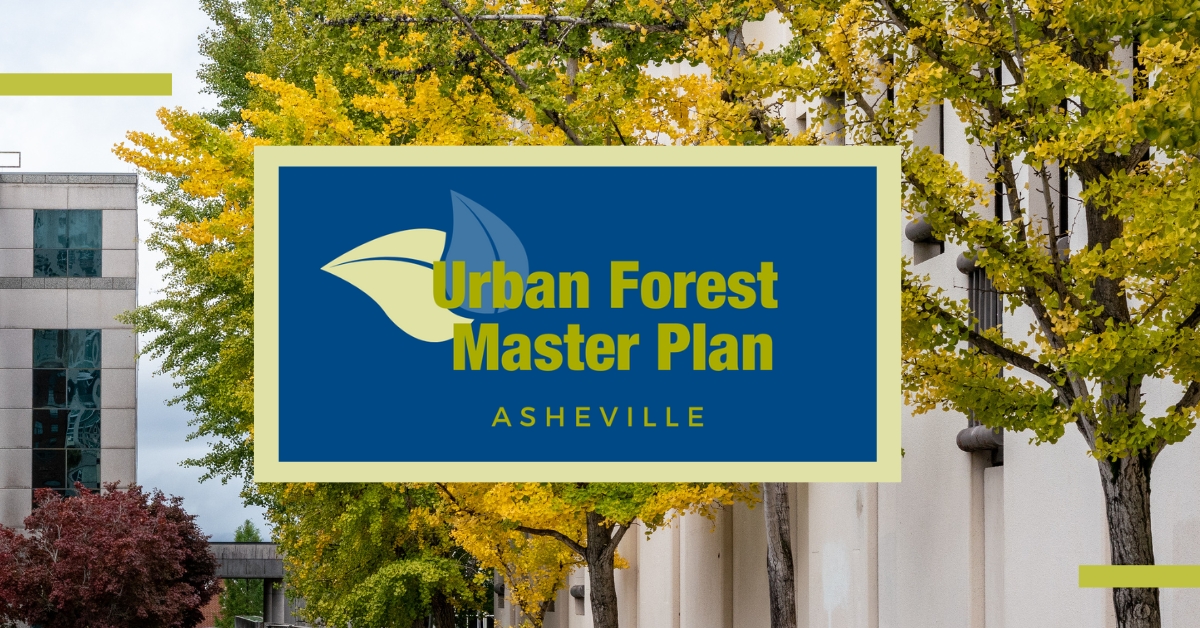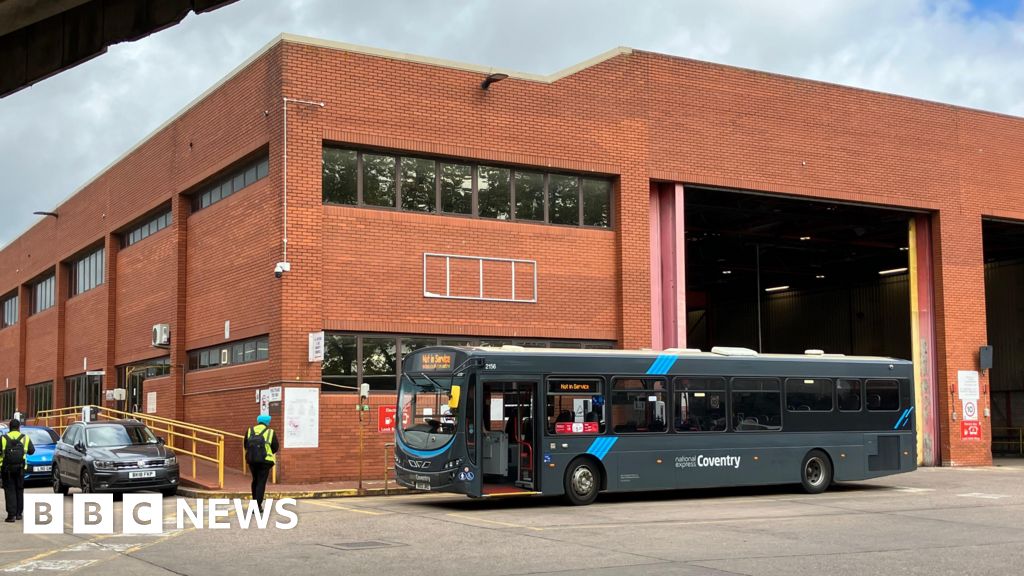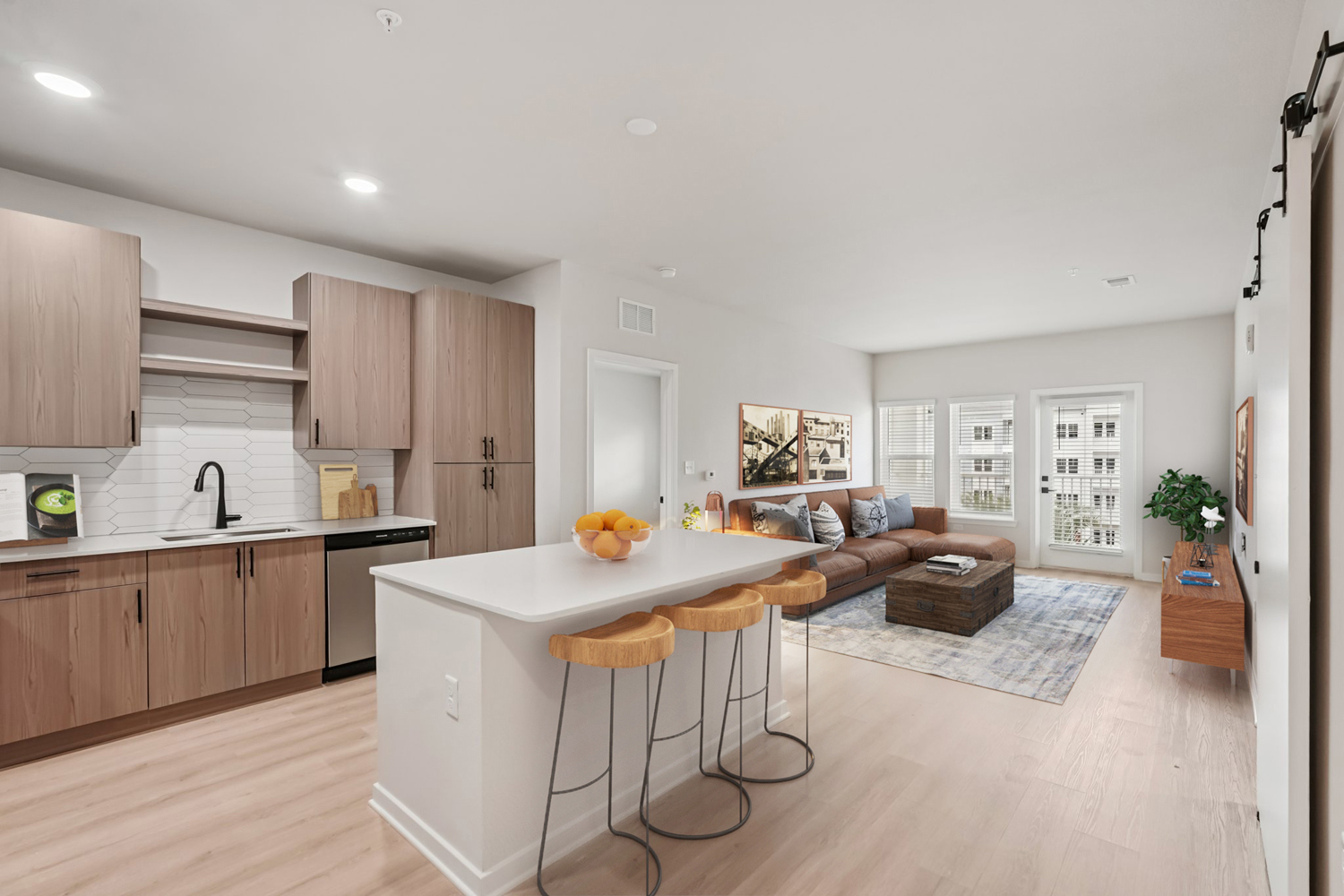How Sustainable Architecture Is Shaping Tomorrow’s Cities – BNO News
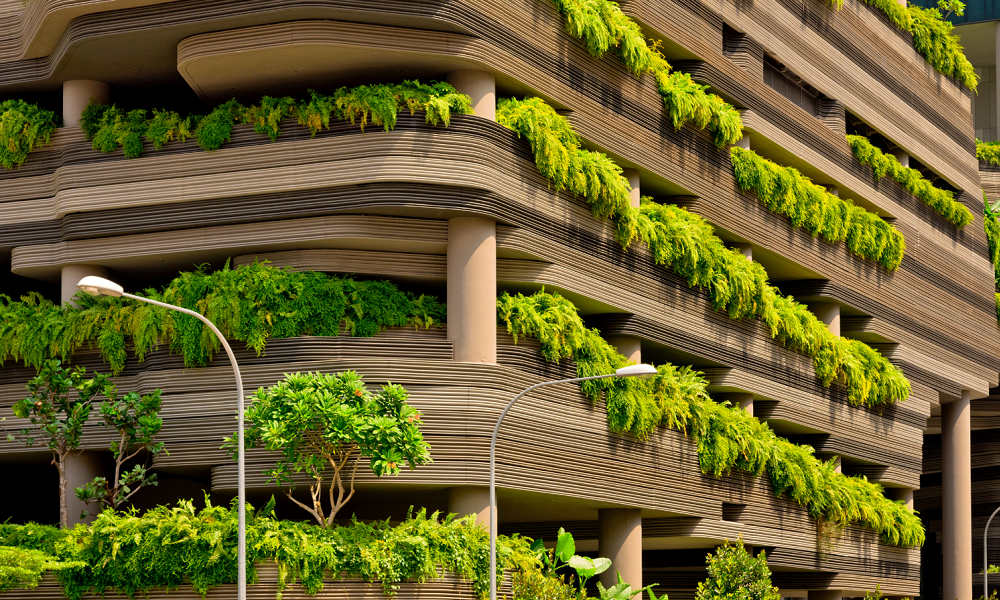
Report on Sustainable Architecture and its Alignment with Sustainable Development Goals (SDGs)
Introduction: The Built Environment’s Role in Climate Action (SDG 11 & SDG 13)
The global climate crisis presents a significant challenge to urban development and the construction industry. The built environment is a major contributor to this challenge, with cities accounting for over 70% of global carbon emissions and buildings responsible for nearly 40% of worldwide energy consumption. Addressing this impact is critical for achieving Sustainable Development Goal 11 (Sustainable Cities and Communities) and SDG 13 (Climate Action). Consequently, sustainable practices in architecture have transitioned from a niche interest to a global necessity.
Rethinking Materials for Responsible Consumption and Production (SDG 9 & SDG 12)
A fundamental shift in architectural design involves the re-evaluation of building materials to align with SDG 9 (Industry, Innovation and Infrastructure) and SDG 12 (Responsible Consumption and Production). This involves moving away from resource-intensive materials toward more sustainable alternatives.
- Traditional Materials: Conventional materials like concrete and steel have a significant carbon footprint due to their production and life cycle.
- Sustainable Alternatives: A growing number of projects are utilizing materials with a lower environmental impact, including:
- Recycled steel
- Low-carbon concrete
- Cross-laminated timber
- Locally sourced natural materials to reduce transportation emissions
- Circular Construction: A key principle is the adoption of a circular economy model. This regenerative approach, which focuses on the reuse and repurposing of materials at the end of a building’s life, directly challenges the traditional linear model of “build, use, demolish.”
Energy Efficiency as a Core Component for Clean Energy (SDG 7)
Minimizing energy consumption in buildings is central to achieving SDG 7 (Affordable and Clean Energy). Architectural design is increasingly focused on creating energy-efficient structures that reduce reliance on non-renewable resources without sacrificing occupant comfort.
- Passive Design Strategies: These methods reduce the need for artificial heating and cooling through intelligent design.
- Strategic window placement for optimal natural light and heat gain.
- Natural ventilation systems.
- High-performance insulation.
- Renewable Energy Integration: On-site energy generation is becoming standard practice.
- Solar panels
- Geothermal systems
- Green roofs
- Net-Zero Buildings: The objective of creating buildings that generate as much energy as they consume is now a leading standard in sustainable architecture, with some governments mandating this for new public constructions.
The Rise of Green Urban Planning for Resilient and Healthy Communities (SDG 3, SDG 11, & SDG 15)
Sustainable design extends beyond individual buildings to encompass entire urban landscapes, contributing to SDG 3 (Good Health and Well-being), SDG 11, and SDG 15 (Life on Land).
- Sustainable Lifestyles: Urban planning now promotes environmentally friendly living through:
- Walkable streets and integrated bike paths.
- Efficient public transportation networks.
- Mixed-use developments that reduce the need for travel.
- Green Infrastructure: The integration of natural elements into city planning provides ecological and social benefits.
- Green corridors, parks, and gardens enhance biodiversity (SDG 15) and public health (SDG 3).
- Permeable pavements reduce flood risks, enhancing urban resilience (SDG 11).
- Urban forests help mitigate the heat island effect, adapting cities to climate change (SDG 13).
Economic Realities and Future Outlook
While the adoption of sustainable architecture faces economic and regulatory hurdles, its long-term viability is clear. Initial higher costs for eco-friendly materials and retrofitting can be offset by long-term savings in energy and maintenance, alongside increased property values. Government incentives and updated regulatory frameworks are essential to accelerate this transition. The future of architecture is intrinsically linked to its ability to innovate and align with global sustainability targets, creating urban environments that are not only efficient and resilient but also healthier and more humane for all inhabitants.
Analysis of Sustainable Development Goals in the Article
1. Which SDGs are addressed or connected to the issues highlighted in the article?
-
SDG 7: Affordable and Clean Energy
The article directly addresses this goal by focusing on energy consumption in buildings, which account for “nearly 40 percent of energy consumption worldwide.” It discusses solutions like energy-efficient design, passive strategies (natural ventilation, insulation), and the adoption of renewable energy sources such as “solar panels” and “geothermal systems.” The concept of a “net-zero” building, which generates as much energy as it consumes, is presented as a key objective.
-
SDG 9: Industry, Innovation, and Infrastructure
This goal is relevant through the article’s emphasis on innovating the construction industry and retrofitting infrastructure. It highlights the need to move away from traditional, resource-intensive materials like concrete and steel towards innovative alternatives like “recycled steel, low-carbon concrete, and cross-laminated timber.” The challenge of “retrofitting older buildings to meet modern standards” also directly connects to the goal of upgrading infrastructure to be more sustainable.
-
SDG 11: Sustainable Cities and Communities
This is a central theme of the article. It states that “cities are responsible for more than 70 percent of global carbon emissions” and explores how to make them more sustainable. The text discusses “green urban planning,” including “walkable streets, integrated bike paths, efficient public transit,” and the creation of “green corridors, networks of parks, gardens, and tree-lined boulevards.” This directly relates to creating inclusive, safe, resilient, and sustainable urban environments.
-
SDG 12: Responsible Consumption and Production
The article connects to this goal by advocating for a shift in how building materials are consumed and produced. It critiques the “resource-intensive” nature of traditional materials and promotes a “circular construction” model, “where materials can be reused or repurposed after a building’s life cycle.” This challenges the linear “build, use, demolish” mindset and pushes for reducing waste and making more sustainable use of natural resources.
-
SDG 13: Climate Action
The entire article is framed around the “climate crisis.” It explicitly links the construction industry and urban development to climate change by citing their significant contribution to global carbon emissions. The solutions discussed, such as reducing emissions through sustainable materials, improving energy efficiency, and designing cities to be resilient to climate impacts like “flooding risks” and “heat islands,” are all direct forms of climate action.
2. What specific targets under those SDGs can be identified based on the article’s content?
-
SDG 7: Affordable and Clean Energy
- Target 7.2: By 2030, increase substantially the share of renewable energy in the global energy mix. The article supports this by mentioning the integration of “solar panels” and “geothermal systems” as mainstream choices in modern architecture.
- Target 7.3: By 2030, double the global rate of improvement in energy efficiency. The focus on “energy-efficient design,” “passive design strategies,” and achieving “net-zero” buildings directly contributes to this target by aiming to minimize energy consumption in the built environment.
-
SDG 9: Industry, Innovation, and Infrastructure
- Target 9.4: By 2030, upgrade infrastructure and retrofit industries to make them sustainable, with increased resource-use efficiency and greater adoption of clean and environmentally sound technologies and industrial processes. The article’s discussion on “recycled steel, low-carbon concrete,” the philosophy of “circular construction,” and the challenge of “retrofitting older buildings” aligns perfectly with this target.
-
SDG 11: Sustainable Cities and Communities
- Target 11.3: By 2030, enhance inclusive and sustainable urbanization and capacity for participatory, integrated and sustainable human settlement planning and management. The section on “green urban planning,” which includes “walkable streets, integrated bike paths, efficient public transit, and mixed-use developments,” directly addresses this target.
- Target 11.6: By 2030, reduce the adverse per capita environmental impact of cities. The article’s core premise is to reduce the carbon footprint of cities, which are stated to be “responsible for more than 70 percent of global carbon emissions.”
- Target 11.7: By 2030, provide universal access to safe, inclusive and accessible, green and public spaces. The mention of creating “green corridors, networks of parks, gardens, and tree-lined boulevards” as vital parts of city planning directly supports this target.
-
SDG 12: Responsible Consumption and Production
- Target 12.2: By 2030, achieve the sustainable management and efficient use of natural resources. The call to reconsider “resource-intensive” materials like traditional concrete and steel in favor of “locally sourced materials” and alternatives with a “lighter environmental footprint” is a direct link.
- Target 12.5: By 2030, substantially reduce waste generation through prevention, reduction, recycling and reuse. The concept of “circular construction,” where materials are reused or repurposed, and the use of “recycled steel” are prime examples of efforts to meet this target.
-
SDG 13: Climate Action
- Target 13.1: Strengthen resilience and adaptive capacity to climate-related hazards and natural disasters. The article mentions that green infrastructure like “permeable pavements reduce flooding risks, while urban forests mitigate heat islands,” showing how sustainable architecture helps cities adapt to climate change.
3. Are there any indicators mentioned or implied in the article that can be used to measure progress towards the identified targets?
-
For SDG 7 (Target 7.3 – Energy Efficiency)
- Implied Indicator: Energy intensity measured in terms of primary energy and GDP. The article provides statistics like “buildings alone account for nearly 40 percent of energy consumption worldwide” and sets the goal of “net-zero” buildings. Progress can be measured by tracking the reduction in energy consumption per square meter in new and retrofitted buildings.
-
For SDG 11 (Target 11.6 – Environmental Impact of Cities)
- Implied Indicator: Annual mean levels of fine particulate matter (e.g., PM2.5) in cities (population weighted) or greenhouse gas emissions per capita. The statement that “cities are responsible for more than 70 percent of global carbon emissions” directly implies that a key metric for success is the reduction of these emissions.
-
For SDG 11 (Target 11.7 – Green Public Spaces)
- Implied Indicator: The proportion of city area dedicated to open, public spaces. The article’s emphasis on “green corridors, networks of parks, gardens, and tree-lined boulevards” suggests that the amount and accessibility of such spaces are key measures of sustainable urban planning.
-
For SDG 12 (Target 12.5 – Waste Reduction)
- Implied Indicator: National recycling rate, tons of material recycled. The promotion of “circular construction” and the use of “recycled steel” implies that progress can be measured by the percentage of recycled materials used in construction and the reduction of demolition waste sent to landfills.
4. Table of SDGs, Targets, and Indicators
| SDGs | Targets | Indicators (Mentioned or Implied in the Article) |
|---|---|---|
| SDG 7: Affordable and Clean Energy | 7.3: Double the global rate of improvement in energy efficiency. | Reduction in energy consumption of buildings (working towards “net-zero” standard). |
| SDG 9: Industry, Innovation, and Infrastructure | 9.4: Upgrade infrastructure and retrofit industries to make them sustainable. | Adoption rate of sustainable materials (e.g., low-carbon concrete, recycled steel) and circular construction practices. |
| SDG 11: Sustainable Cities and Communities | 11.6: Reduce the adverse per capita environmental impact of cities. | Reduction of a city’s carbon footprint and per capita emissions (from the baseline of cities causing 70% of global emissions). |
| SDG 11: Sustainable Cities and Communities | 11.7: Provide universal access to safe, inclusive and accessible, green and public spaces. | Increase in the area of green infrastructure such as parks, green corridors, and urban forests within cities. |
| SDG 12: Responsible Consumption and Production | 12.5: Substantially reduce waste generation through prevention, reduction, recycling and reuse. | Percentage of recycled materials used in new construction projects and reduction in demolition waste. |
| SDG 13: Climate Action | 13.1: Strengthen resilience and adaptive capacity to climate-related hazards. | Implementation of green infrastructure (permeable pavements, urban forests) to mitigate climate risks like flooding and heat islands. |
Source: bnonews.com
What is Your Reaction?
 Like
0
Like
0
 Dislike
0
Dislike
0
 Love
0
Love
0
 Funny
0
Funny
0
 Angry
0
Angry
0
 Sad
0
Sad
0
 Wow
0
Wow
0





















































